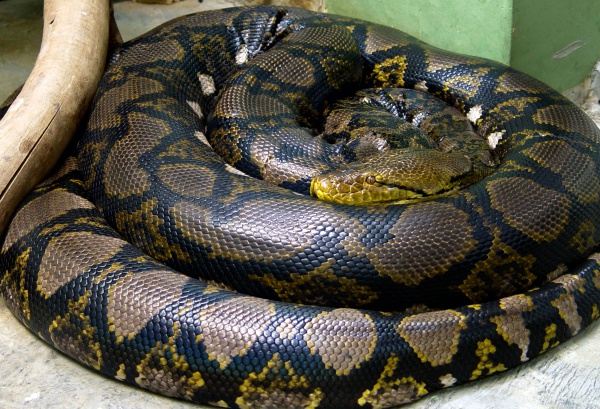Facts About Reticulated python
The reticulated python, native to South Asia and Southeast Asia, holds the distinction of being the world's longest snake. Despite its impressive size, it is listed as "Least Concern" on the IUCN Red List due to its wide distribution. This non-venomous constrictor is an excellent swimmer, often spotted far out at sea and even colonizing small islands within its range. Over the years, scientists have conducted extensive studies on its taxonomy, proposing various subspecies.
In terms of appearance, the reticulated python features an intricate color pattern and smooth dorsal scales. These snakes can grow to monumental lengths, with some individuals exceeding 6 meters (about 20 feet). Their complex coloration provides effective camouflage in their natural habitats. In captivity, they are a popular exhibit in zoos, where some have reportedly grown beyond 20 feet. Interestingly, there are also dwarf forms that have been selectively bred to remain much smaller.
Reticulated pythons inhabit diverse environments, such as rainforests, woodlands, and grasslands, often near water bodies. Their swimming abilities are noteworthy, with accounts of them being seen far out at sea. As ambush predators, they primarily prey on mammals and occasionally birds. Larger specimens can take down significantly larger prey.
However, these snakes can pose a danger to humans. There have been documented cases of attacks and even fatalities, both in the wild and in captivity. Despite this risk, the reticulated python remains popular in the pet trade, thanks to captive breeding efforts and the availability of unique, selectively bred morphs.
